Request an online quote today.
 All Uploads are Secure and Confidential
All Uploads are Secure and ConfidentialCertifications:
ISO 13485 | IATF 16949
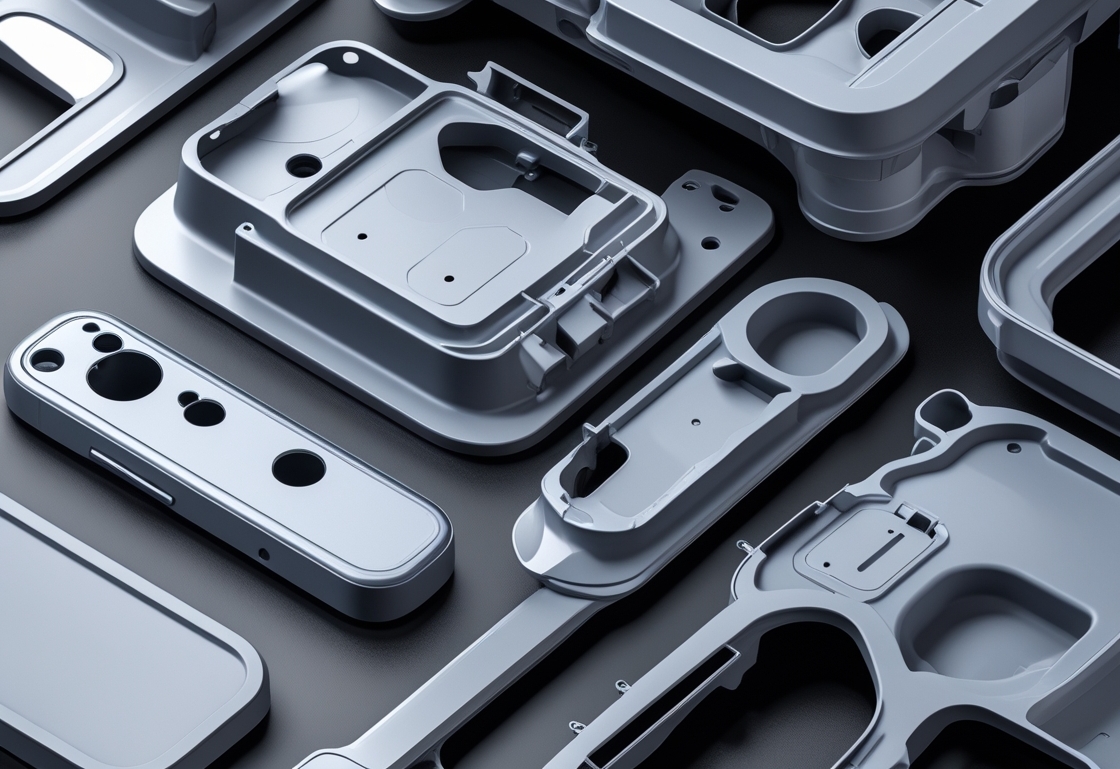
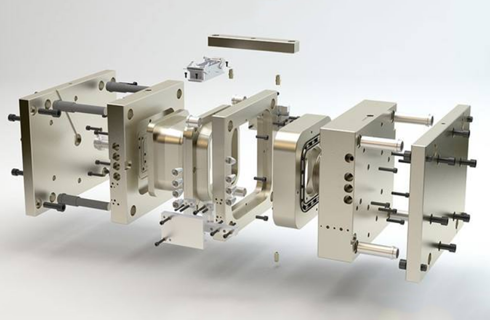


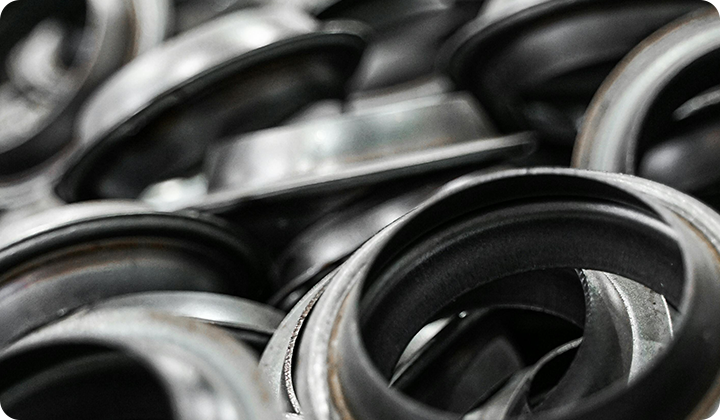

Properties: Excellent impact resistance, good toughness, and heat resistance.
Applications: Widely used in consumer goods, automotive parts, and electronic housings.
Material Selection Guide
When selecting materials, consider factors such as:
Mechanical Properties: Strength, flexibility, and impact resistance.
Thermal Properties: Heat resistance and thermal stability.
Chemical Resistance: Compatibility with the intended environment.
Aesthetic Requirements: Color, transparency, and surface finish.
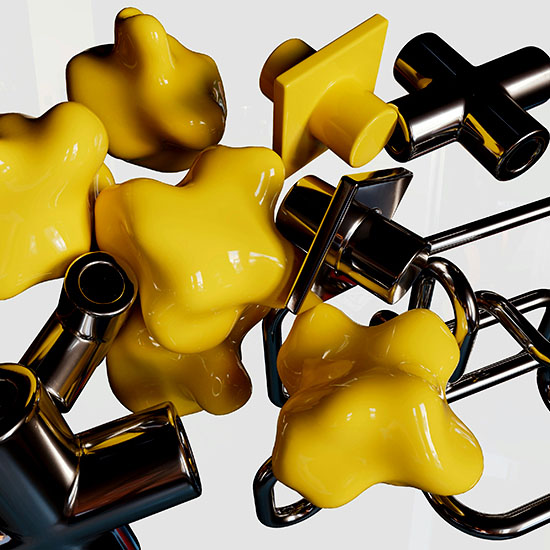
Properties: High clarity, UV resistance, and good weatherability.
Applications: Ideal for light fixtures, display cases, and windows.
Material Selection Guide
When selecting materials, consider factors such as:
Mechanical Properties: Strength, flexibility, and impact resistance.
Thermal Properties: Heat resistance and thermal stability.
Chemical Resistance: Compatibility with the intended environment.
Aesthetic Requirements: Color, transparency, and surface finish.

Properties: Strong, lightweight, and resistant to impact and chemicals.
Applications: Commonly used for containers, bottles, and piping.
Material Selection Guide
When selecting materials, consider factors such as:
Mechanical Properties: Strength, flexibility, and impact resistance.
Thermal Properties: Heat resistance and thermal stability.
Chemical Resistance: Compatibility with the intended environment.
Aesthetic Requirements: Color, transparency, and surface finish.

Properties: High strength, excellent wear resistance, and thermal stability.
Applications: Suitable for gears, bearings, and automotive components.
Material Selection Guide
When selecting materials, consider factors such as:
Mechanical Properties: Strength, flexibility, and impact resistance.
Thermal Properties: Heat resistance and thermal stability.
Chemical Resistance: Compatibility with the intended environment.
Aesthetic Requirements: Color, transparency, and surface finish.

Properties: Superior strength and heat resistance compared to Nylon 6.
Applications: Used in high-stress applications like automotive parts and industrial components.
Material Selection Guide
When selecting materials, consider factors such as:
Mechanical Properties: Strength, flexibility, and impact resistance.
Thermal Properties: Heat resistance and thermal stability.
Chemical Resistance: Compatibility with the intended environment.
Aesthetic Requirements: Color, transparency, and surface finish.

Properties: Good chemical resistance and dimensional stability.
Applications: Often used in electrical connectors and automotive parts.
Material Selection Guide
When selecting materials, consider factors such as:
Mechanical Properties: Strength, flexibility, and impact resistance.
Thermal Properties: Heat resistance and thermal stability.
Chemical Resistance: Compatibility with the intended environment.
Aesthetic Requirements: Color, transparency, and surface finish.

Properties: High impact resistance, transparency, and heat resistance.
Applications: Used in eyewear lenses, safety equipment, and electronic housings.
Material Selection Guide
When selecting materials, consider factors such as:
Mechanical Properties: Strength, flexibility, and impact resistance.
Thermal Properties: Heat resistance and thermal stability.
Chemical Resistance: Compatibility with the intended environment.
Aesthetic Requirements: Color, transparency, and surface finish.

Properties: Extremely high-temperature resistance and chemical stability.
Applications: Ideal for aerospace, automotive, and medical applications.
Material Selection Guide
When selecting materials, consider factors such as:
Mechanical Properties: Strength, flexibility, and impact resistance.
Thermal Properties: Heat resistance and thermal stability.
Chemical Resistance: Compatibility with the intended environment.
Aesthetic Requirements: Color, transparency, and surface finish.

Properties: High thermal stability and excellent mechanical properties.
Applications: Used in applications requiring high strength at elevated temperatures.
Material Selection Guide
When selecting materials, consider factors such as:
Mechanical Properties: Strength, flexibility, and impact resistance.
Thermal Properties: Heat resistance and thermal stability.
Chemical Resistance: Compatibility with the intended environment.
Aesthetic Requirements: Color, transparency, and surface finish.

Properties: Good chemical resistance and low moisture absorption.
Applications: Commonly used for packaging and containers.
Material Selection Guide
When selecting materials, consider factors such as:
Mechanical Properties: Strength, flexibility, and impact resistance.
Thermal Properties: Heat resistance and thermal stability.
Chemical Resistance: Compatibility with the intended environment.
Aesthetic Requirements: Color, transparency, and surface finish.

Properties: Lightweight, flexible, and resistant to fatigue.
Applications: Used in automotive parts, textiles, and packaging.
Material Selection Guide
When selecting materials, consider factors such as:
Mechanical Properties: Strength, flexibility, and impact resistance.
Thermal Properties: Heat resistance and thermal stability.
Chemical Resistance: Compatibility with the intended environment.
Aesthetic Requirements: Color, transparency, and surface finish.

Properties: Rigid, transparent, and easy to process.
Applications: Commonly used for disposable cutlery, containers, and packaging.
Material Selection Guide
When selecting materials, consider factors such as:
Mechanical Properties: Strength, flexibility, and impact resistance.
Thermal Properties: Heat resistance and thermal stability.
Chemical Resistance: Compatibility with the intended environment.
Aesthetic Requirements: Color, transparency, and surface finish.

Properties: Excellent dimensional stability and low friction.
Applications: Often used for precision parts in automotive and industrial applications.
Material Selection Guide
When selecting materials, consider factors such as:
Mechanical Properties: Strength, flexibility, and impact resistance.
Thermal Properties: Heat resistance and thermal stability.
Chemical Resistance: Compatibility with the intended environment.
Aesthetic Requirements: Color, transparency, and surface finish.

Properties: Combines the properties of rubber and plastic, providing flexibility and durability.
Applications: Used in seals, gaskets, and soft-touch applications.
Material Selection Guide
When selecting materials, consider factors such as:
Mechanical Properties: Strength, flexibility, and impact resistance.
Thermal Properties: Heat resistance and thermal stability.
Chemical Resistance: Compatibility with the intended environment.
Aesthetic Requirements: Color, transparency, and surface finish.

Properties: Excellent elasticity and weather resistance.
Applications: Commonly used in automotive seals and flexible hoses.
Material Selection Guide
When selecting materials, consider factors such as:
Mechanical Properties: Strength, flexibility, and impact resistance.
Thermal Properties: Heat resistance and thermal stability.
Chemical Resistance: Compatibility with the intended environment.
Aesthetic Requirements: Color, transparency, and surface finish.

Properties: Versatile, durable, and resistant to environmental degradation.
Applications: Used in pipes, fittings, and electrical cable insulation.
Material Selection Guide
When selecting materials, consider factors such as:
Mechanical Properties: Strength, flexibility, and impact resistance.
Thermal Properties: Heat resistance and thermal stability.
Chemical Resistance: Compatibility with the intended environment.
Aesthetic Requirements: Color, transparency, and surface finish.

Description: SPI (Society of the Plastics Industry) finishes provide a range of surface textures from high gloss to matte.
A1, A2, A3: High gloss finishes for aesthetic applications.
B1, B2, B3: Semi-gloss finishes for a balance between appearance and functionality.
C1, C2, C3: Matte finishes for non-reflective surfaces.
Applications: Ideal for consumer products where appearance is critical.
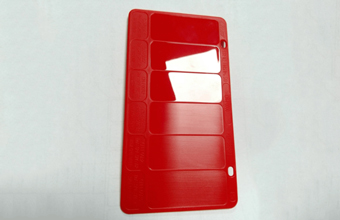
Description: VDI (Verein Deutscher Ingenieure) finishes are international standards for surface texturing, primarily used for matte surfaces.
VDI12 to VDI45: Ranges from fine to coarse textures, suitable for various aesthetic and functional requirements.
Applications: Commonly used in automotive interiors and consumer electronics to reduce glare and improve grip.
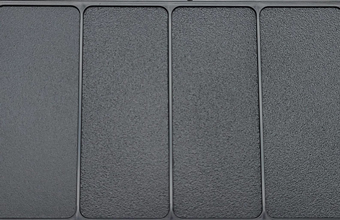
Description: Tailored surface treatments based on specific customer requirements. These may include unique textures, colors, or coatings.
Process: Requires manual review and may take 1-2 business days for quoting.
Applications: Used in specialized applications where standard finishes do not meet the design intent.
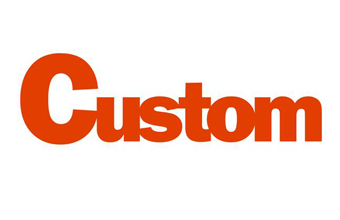

 What are the common application areas for Injection Moulding?
What are the common application areas for Injection Moulding?
 What is Injection Moulding, and what products does it apply to?
What is Injection Moulding, and what products does it apply to?
 What factors need to be considered in mold design for Injection Moulding?
What factors need to be considered in mold design for Injection Moulding?
 What are common defects in injection molding, and how can they be avoided?
What are common defects in injection molding, and how can they be avoided?
 What materials are suitable for Injection Moulding?
What materials are suitable for Injection Moulding?
 What is the production cycle for Injection Moulding?
What is the production cycle for Injection Moulding?
 How can the lifespan of Injection Moulding molds be extended?
How can the lifespan of Injection Moulding molds be extended?